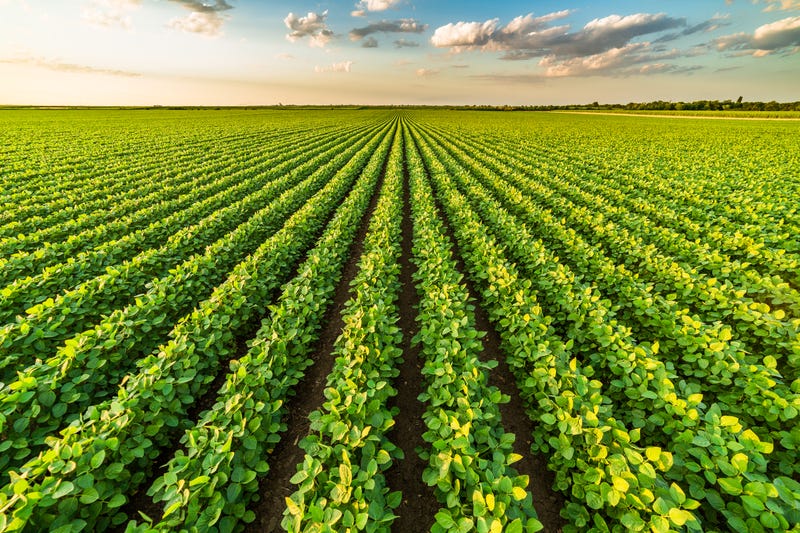
June has brought scorching hot temperatures across Minnesota. That and a dry spell have led to brown lawns and near record low water levels.
We first examined the drought's effect on water systems and water quality. The second installment explores the seen and unseen ripple effects of drought, a focus on the agricultural sector trying to adapt to less predictable weather events.
According to the US Drought Monitor this week, 75% of the state is in moderate drought, 14% is in severe drought -- concentrated in southern and northwestern Minnesota -- and the entire state is abnormally dry. Compared to last year at this time when 52% of the state had no drought conditions. Droughts like this aren’t typical. The last significant drought was 2012 but farmers and climatologists bring up the extreme drought of 1988.
"Surprisingly few Minnesota farm fields have access to irrigation," Trevor Russell, Water Program Director with Friends of the Mississippi River, said. "Most farmers are relying on precipitation and when that precipitation doesn't come those crops start to get stressed, especially early in the season when the root systems are still forming."
Late season droughts are worse than in the early season, Russell said. That's when plants need the most nutrients to produce harvestable portions farmers need. Still, an extended drought at this point creates challenges.
"When those crops start to, in the case of soybeans, set their bean heads, or in the case of corn, move into their pollination stage, if they don't have sufficient rainfall, we're going to see a significant impact on overall crop productivity and that would present some severe economic challenges for our agricultural economy," Russell said.
Brian DeVore with the Land Stewardship Project said they're hearing from farmers who say they're seeing things they haven't seen before.
"Last year and the year before that we had extreme wet conditions to the point where some crops weren't able to be harvested and now we've kind of flipped the switch. Agriculture's always been really exposed to the elements but this kind of extreme climate change situation is really troubling," he said.
DeVore said to deal with moisture extremes from year to year, some farmers are turning to cover cropping. Instead of leaving fields open over the winter, farmers put in a grain like rye and cover the land. States like Illinois, Indiana and Iowa have cost sharing funding from the USDA since agriculture already has razor thin profit margins, and cover cropping requires the upfront cost of seed. Some funding was approved in Minnesota this session in the Soil Health Farming Bill.
DeVore said cover cropping can assist in both mitigating and adapting to climate change by building soil health. It will take years, but farmers "can be a part of the solution."
"That can help prevent future climate change by sequestering those green house gases," he said. "But at the same time, if you're a farmer who is dealing with climate change, trying to figure out how to deal with this kind of whip-saw effect of extreme drought or extreme moisture, organic carbon in that soil helps store that moisture in the long term and helps you manage that run-off so it's not just running off into the rivers and lakes."
The conditions are unusual, but not dire...yet.
"We've got some time yet," Russell said. "If rain picks up and more precipitation comes later this month and into July and early August I wouldn't anticipate a major hit on our overall agricultural productivity, but we're starting to get to that initial stress point and two, three four more weeks of this, we might start to see yield declines that would have substantial economic impacts for producers across the state."
